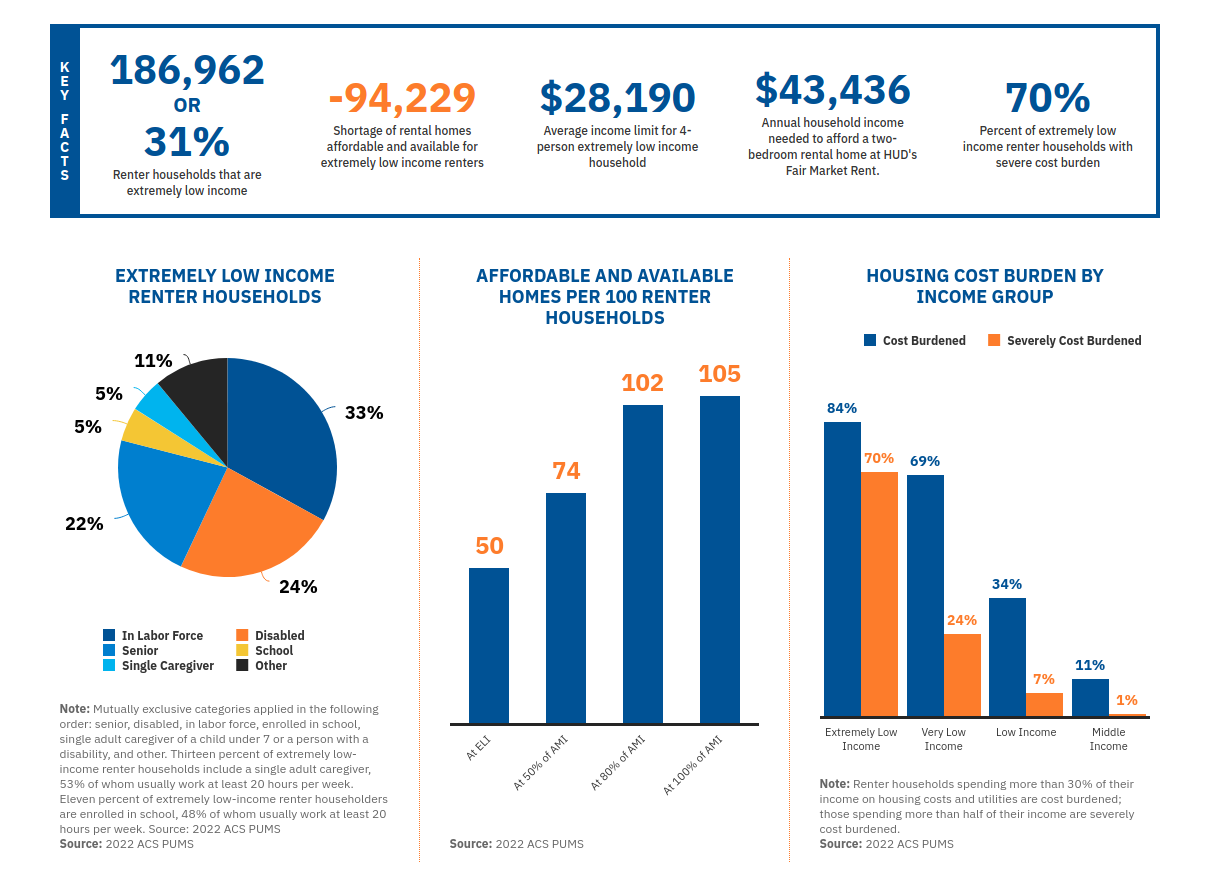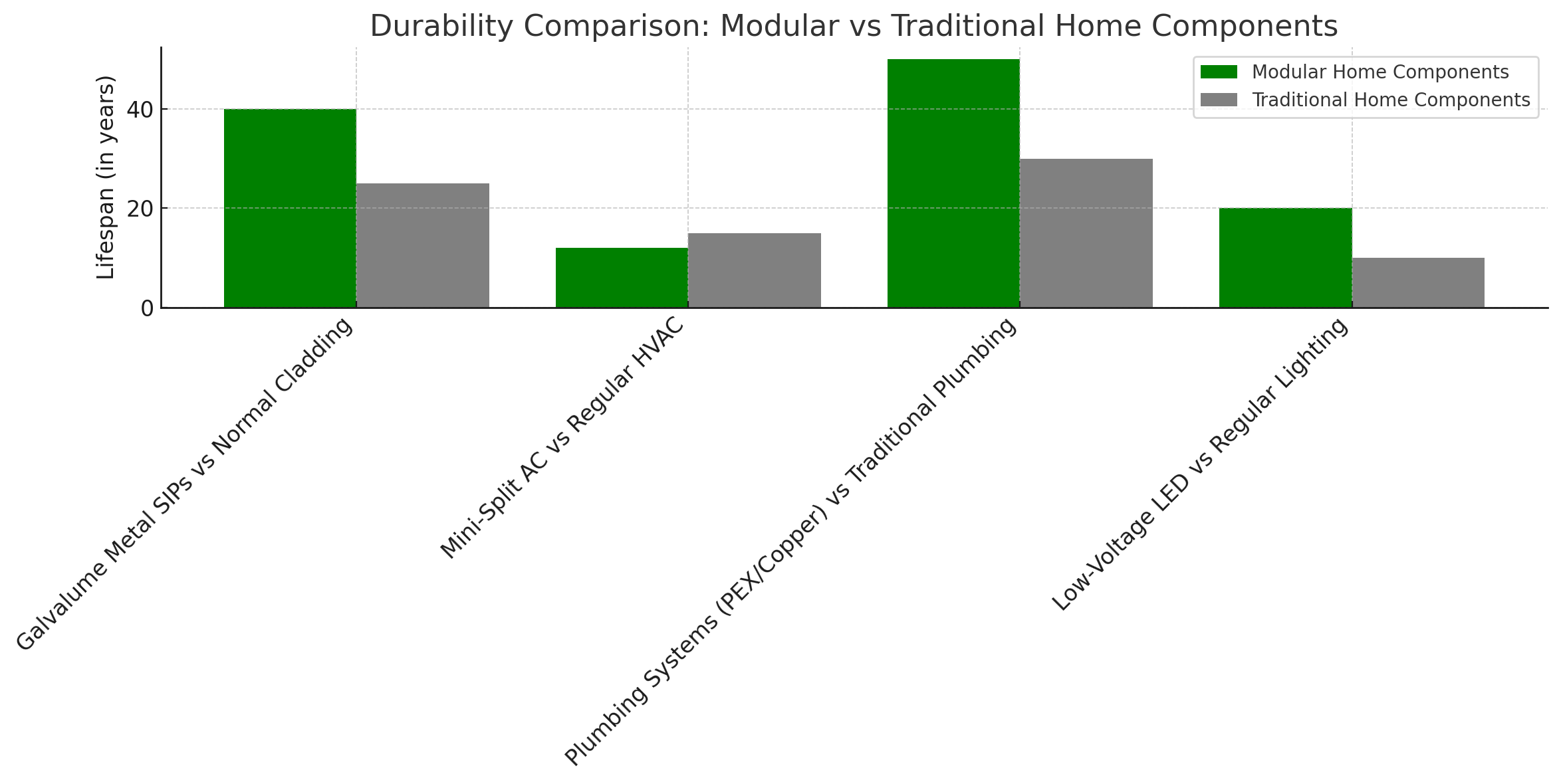Market Overview
1. National Need for Affordable Housing

The United States is experiencing a critical shortage of affordable housing units, with a current shortfall of over 7 million units nationwide. This deficit leaves millions of families without access to safe and affordable homes. According to the Government Accountability Office (GAO), the shortage is particularly evident among low-income households, which are disproportionately impacted by rising rent and home prices. The lack of affordable housing contributes to increased rates of housing instability and homelessness.
2. Alabama's Need for Affordable Housing

Alabama is facing a significant shortage of affordable housing, with an estimated shortfall of approximately 94,229 units for extremely low-income renters. The National Low Income Housing Coalition (NLIHC) highlights that 70% of extremely low-income renters are severely cost-burdened, spending more than half of their income on housing. This housing deficit is particularly challenging for vulnerable groups, including veterans, low-income families, and elderly residents, forcing them to make difficult choices between housing, food, and healthcare.
Food insecurity is also a major issue in Alabama, with 17% of the population facing food insecurity and 1 in 5 children (approximately 20%) experiencing hunger. The overlap between housing insecurity and food insecurity means that many families are struggling to afford both stable housing and adequate nutrition, making it crucial to address both challenges simultaneously.
Project-Based Vouchers (PBV) and other assistance programs, such as Veterans Affairs Supportive Housing (VASH), are crucial to addressing the state's needs by providing rental assistance and helping to ensure stability for at-risk populations. Leveraging targeted HUB zones and specific census tracts further enhances opportunities for funding and development, helping to address critical needs in key areas of the state.
3. Project-Based Vouchers: Impact on Market Feasibility
Project-Based Vouchers (PBVs) are helpful, providing a stable revenue stream to developers. This financial assurance reduces investment risks, encourages more developers to participate in affordable housing projects, and enables long-term planning and scalability. The guaranteed income stream from PBVs, combined with favorable financing options, helps to make building affordable units a more attractive proposition for investors.
4. Market Demand and Waiting Lists

The demand for affordable housing significantly outstrips supply, leading to long waiting lists for rental assistance programs like Section 8 and PBVs. Many families, veterans, and individuals with disabilities are waiting for years to access affordable housing. This high demand highlights the urgent need for expanding affordable housing stock and supports the rationale for using innovative building technologies, such as SIPs, to expedite construction and lower costs.
5. Role of SIPs in Affordable Housing Solutions

Structural Insulated Panels (SIPs) offer an innovative solution to the affordable housing crisis. SIPs provide faster deployment times, superior energy efficiency, and cost-effective building solutions that help reduce construction expenses. These energy-efficient homes are designed with features such as low monthly power costs (around $50 per month) and high insulation values, ensuring long-term affordability for residents.
Design elements such as metal-faced SIPs for enhanced durability, vaulted ceilings for improved airflow, and computerized power management systems with IoT capabilities make SIPs-built homes both practical and advanced. These attributes align with our mission to provide comfortable, sustainable, and technologically modern housing solutions.
Cost-Effectiveness

Structural Insulated Panels (SIPs) dramatically reduce both material waste and labor costs. These factory-built panels are pre-fabricated, ready for installation, which leads to faster construction and fewer on-site labor requirements.
Energy savings are another major advantage. SIPs offer superior insulation, which keeps utility costs low, making them particularly beneficial for low-income households.

Cost reductions also come from innovative construction methods. By using magnetic raceways, conduit requirements are reduced, allowing for efficient wiring solutions without damaging the structure.

Using metal-faced SIPs for both interior and exterior surfaces results in substantial savings. The painted metal eliminates the need for additional sheetrock inside and offers a durable exterior finish with minimal cladding costs.

Metal walls provide long-term durability with minimal maintenance, reducing future repair costs and ensuring a lasting, resilient structure.
Overall, SIP construction offers significant cost savings in materials, labor, energy efficiency, and maintenance, making it a smart and affordable building solution.
Energy Efficiency

The energy efficiency of Structural Insulated Panels (SIPs) is a key factor in long-term cost savings. SIPs have a high R-value, meaning they provide superior insulation compared to traditional building materials. This increased insulation leads to lower energy consumption for heating and cooling, which directly translates to reduced utility bills for homeowners. According to studies from Oak Ridge National Laboratory (ORNL), SIP-built homes can be up to 15 times more airtight than conventional homes, significantly reducing heat loss due to air leakage, which accounts for up to 40% of a typical home's energy loss.

Proposed energy scores for SIP-built homes are projected to be significantly higher than traditional construction, with an estimated reduction of energy usage by up to 40-60%. The predicted monthly electrical costs for these homes could be as low as $50-$75, depending on the climate and household size. Additionally, homes built with SIPs often achieve Home Energy Rating System (HERS) ratings of 50 or lower, which means they are at least 50% more energy efficient than standard new homes.
The U.S. Department of Energy also indicates that SIPs can save up to 50% on energy costs over their lifespan compared to traditional stick-framing. These documented savings highlight the significant cost benefits of using SIPs for affordable housing projects, making them an ideal solution for energy-efficient and sustainable living.
Energy savings are particularly important for low-income households, as they often struggle with high utility costs. By reducing energy consumption, SIP-built homes help families save money on a monthly basis while also contributing to environmental sustainability goals.
Rapid Deployment

The prefabrication of Structural Insulated Panels (SIPs) allows for significantly faster construction times compared to traditional building methods. SIPs are manufactured off-site in a controlled environment, which reduces on-site labor and construction delays caused by weather or other unforeseen factors. This quick turnaround is crucial in regions like Alabama, where the demand for affordable housing is growing faster than traditional construction can meet.
International factories have demonstrated the capability to produce up to 6,000 units per year, highlighting the efficiency of modular construction. However, our approach focuses on using local assembly factories that can produce one unit per day. This localized model helps to reduce transportation costs, create jobs within the community, and ensure that production is responsive to regional housing needs.
The process begins with component suppliers, such as steel manufacturers, SIP panel manufacturers, and windows manufacturers. These components are delivered to a centrally located assembly plant, where the final package is assembled. By partnering with large manufacturers to supply pre-drilled and pre-tapped components, our assembly factories can focus on efficient, low-skill assembly work, similar to the concept of assembling IKEA furniture.
This approach not only minimizes the need for specialized labor but also reduces transportation complexities. Since the assembly plants are located closer to the target markets, transportation costs are lower, and the environmental impact is reduced. Once assembled, the final packages are loaded onto flatbed trucks and transported to the site, ready for installation. The ultimate goal is to produce housing units efficiently while providing good-paying jobs in the community.
Durability of Modular Homes
Modular homes built with metal-faced Structural Insulated Panels (SIPs) offer exceptional durability. These homes are engineered to withstand harsh weather conditions, minimize maintenance costs, and last for decades. Below are some key highlights of the materials and systems commonly used in modular construction, which contribute to their longevity and resilience.
1. Galvalume Metal SIPs

Metal-skinned SIPs, particularly those made with Galvalume steel, provide superior durability. These panels consist of a solid foam core sandwiched between steel skins that resist moisture, wind, and physical damage. Galvalume SIPs have a lifespan of over 40 years due to their unique corrosion-resistant properties, combining zinc and aluminum to protect the panels from rust. This makes them ideal for homes in areas prone to extreme weather, such as hurricanes or heavy rain.
Additionally, the continuous insulation provided by SIPs enhances energy efficiency and structural integrity. By minimizing thermal bridging and air leakage, these panels contribute to both comfort and long-term durability, reducing the need for repairs and extending the life of the structure.
2. Mini-Split AC Systems
Mini-split air conditioning systems are commonly used in modular homes for their efficiency and compact design. These units typically last between 12 to 15 years, provided they are regularly maintained. Factors such as filter cleaning, refrigerant level checks, and occasional servicing contribute to their durability. For homes under 600 square feet, mini-splits offer an optimal cooling solution without the need for extensive ductwork, which can deteriorate over time.
The durability of mini-split systems is further enhanced by their advanced technology, which allows for zoning control, reducing the overall wear and tear on the system. By selectively cooling or heating only the areas in use, mini-splits contribute to energy savings and ensure longer operational life.
3. Kitchen and Bathroom Plumbing
The plumbing systems in modular homes, particularly in kitchens and bathrooms, can last up to 50 years if built with high-quality materials like PEX or copper. PEX (cross-linked polyethylene) piping is highly resistant to freezing and corrosion, making it ideal for both hot and cold water applications. Copper pipes, known for their durability, also provide long-lasting performance but require good water quality to prevent corrosion.
Plumbing fixtures such as faucets, showerheads, and valves generally have a lifespan of 10 to 15 years, depending on the quality and frequency of use. Regular maintenance, such as checking for leaks and replacing worn parts, can extend the life of these components.
4. Low-Voltage LED Lighting Systems
Low-voltage LED lighting systems offer a lifespan of 15 to 25 years, or approximately 50,000 to 100,000 operational hours. These systems are favored in modular homes due to their energy efficiency, low heat output, and long life. LED lights, unlike traditional incandescent bulbs, require minimal maintenance, making them a cost-effective solution for home lighting.
The durability of low-voltage systems is enhanced by the use of high-quality drivers and transformers that regulate the current supplied to the LEDs. With proper installation and maintenance, low-voltage LED systems provide reliable, long-lasting illumination, contributing to the overall sustainability of modular homes.